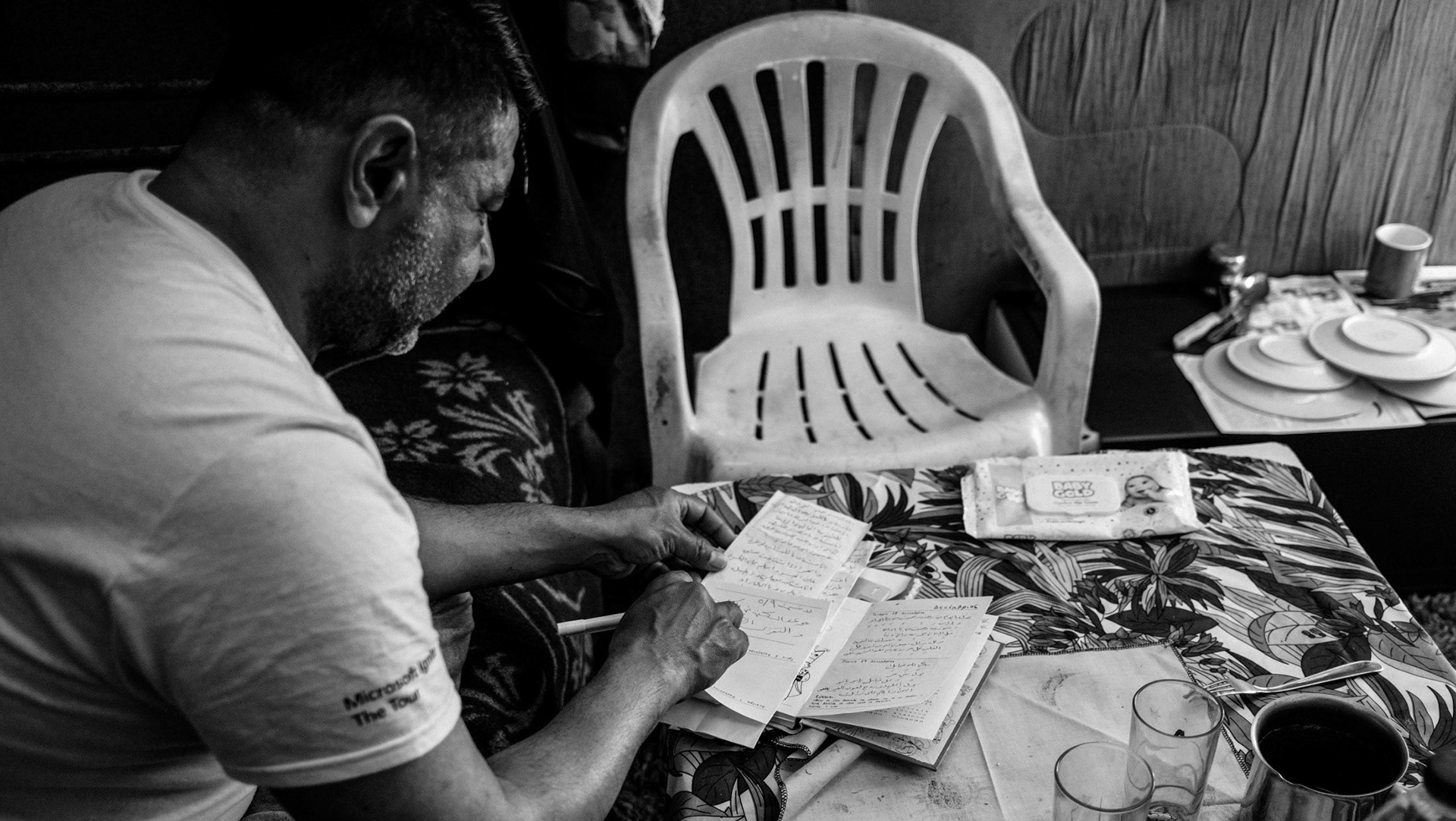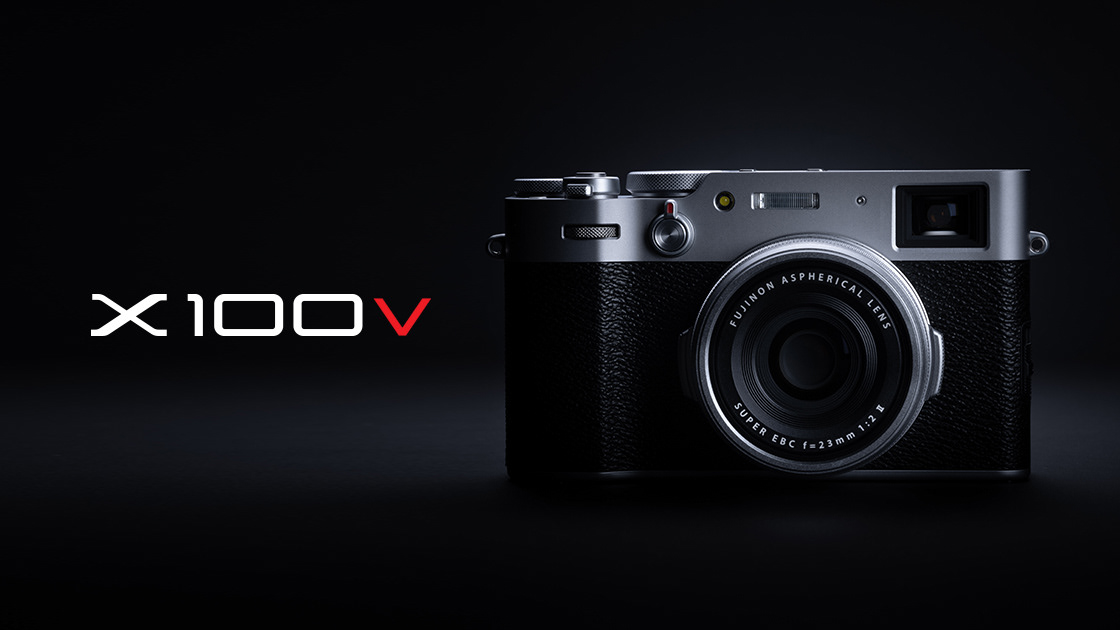Does photographing takes away from the experience?
Dictionary:
Focal activity: main activity | Second activity: anything done at the same time of the focal activity
Focal activity: main activity | Second activity: anything done at the same time of the focal activity
Often, it happens to hear around us “today people take photos of literally anything they do” or “don’t take photo during a concert, it will spoil the fun”. But as usual, we speak out of a naïve insight about a subject that is quite counter-intuitive: psychology.
As a photographer with a background in psychology, I can tell you that anything that has to do with human being is linked with psychology, including taking photographs. In this article, I want to give a brief insight into a possible answer to the question: does taking photos diminish the enjoyment of the activity you are doing?
Previous researches demonstrated how doing a second activity (e.g. checking the phone) while engaging in a focal activity (e.g. watching a movie) decreases the actual enjoyment of the latter, especially if the subject enjoys the second activity itself. Basing on these theories we might assume that taking a photograph would distract a person from whatever activity he/she is photographing.
However, an interesting research published by D.K., Z.G., and B.A., titled “How Taking Photos Increases Enjoyment of Experiences” shows something different for what concerns the specific case of taking photos.
The thesis proposed by the researchers is that taking a photograph, instead of being a distraction, can be a form of active engagement, that will lead to increase the focus toward the photographed activity (e.g. having lunch, a baseball match, a city guided tour or a concert), and therefore rise the level of enjoyment. The key assumption of this theory is that enjoyment is affected by engagement, and this latter is, in its turn, influenced by attention.
The thesis proposed by the researchers is that taking a photograph, instead of being a distraction, can be a form of active engagement, that will lead to increase the focus toward the photographed activity (e.g. having lunch, a baseball match, a city guided tour or a concert), and therefore rise the level of enjoyment. The key assumption of this theory is that enjoyment is affected by engagement, and this latter is, in its turn, influenced by attention.
The question of how taking photos might affect the enjoyment of the main activity we are photographing might be considered worthless by many but in a world where the number of images recorded every year grows at a really fast pace (some estimates that in 2020 almost 1.4 trillions photos were taken), it is actually important to understand how a wide-spread behavior affects our life. It is especially relevant if we consider that new rules and restrictions (e.g. the ban on taking photos during a concert with the excuse that “it would spoil the fun”) are imposed on the base of wrong assumptions.
The prevalence of wrong assumptions is demonstrated by the same researchers in a pre-survey introducing the article. The survey, randomly given online to 203 people (avg. age 30.3), shows that only the 41% of the respondents believe that taking a photo increases the enjoyment of the main activity, while the 31% deems it diminishes the enjoyment, and the 28% that it does not affect the enjoyment at all.
The study is based on the analysis of a series of questionnaires, provided to about two hundred subjects, then verified thought the method of statistical analysis.
The researchers measured the enjoyment and engagement of the subjects in various context:
Study 1: Bus tour in Philadelphia for university students
S.2: Dining at a restaurant
S.3: Taking photos during a virtual experience (video recorded in first person)
S.4: Taking photos in homogenous and heterogeneous environment
S.5: Taking photos vs planning to take a photo
S.6: Taking photos in a museum with eye-tracker
S.7: Taking photos with an intrusive camera
S.8: Photographing an active engaging activity
S.9: Positive vs negative environment
S.2: Dining at a restaurant
S.3: Taking photos during a virtual experience (video recorded in first person)
S.4: Taking photos in homogenous and heterogeneous environment
S.5: Taking photos vs planning to take a photo
S.6: Taking photos in a museum with eye-tracker
S.7: Taking photos with an intrusive camera
S.8: Photographing an active engaging activity
S.9: Positive vs negative environment
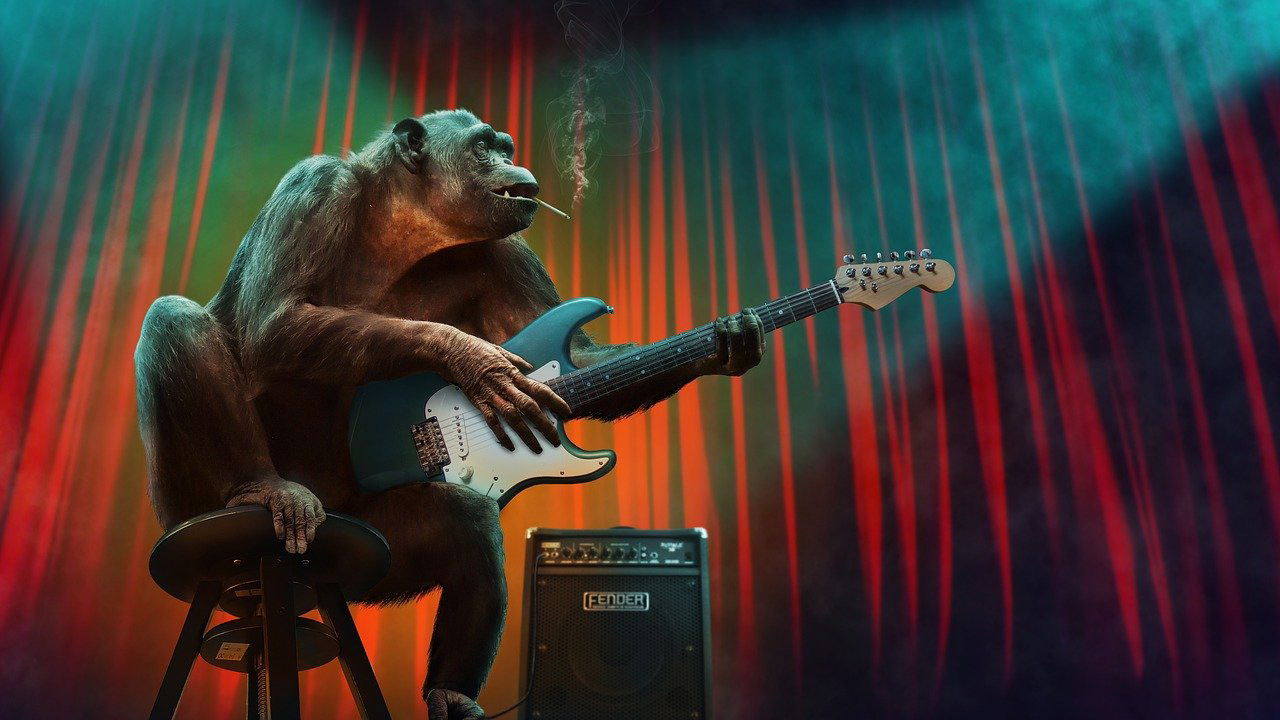
photography and enjoyment
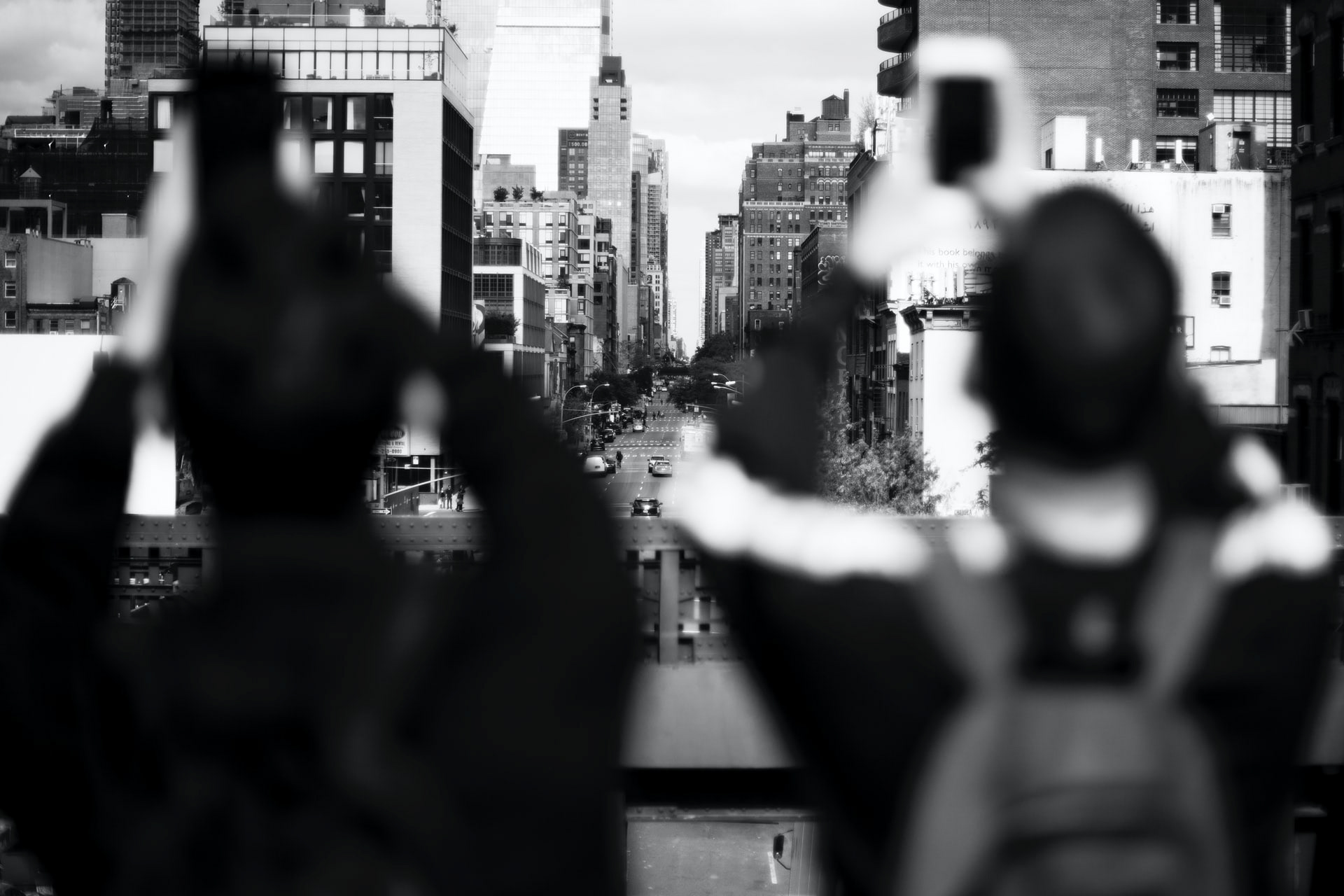
photography and engagement
To avoid tiring you with lot of numbers and statistical methods that you might not be familiar with, we can simplify the research method by saying that they tried to understand how taking photos influences the enjoyment of an activity by comparing the answers given by a group of people that did take photo during the activity with those of the group that did not.
In S.1 and S.2, people were asked to enjoy the experience naturally, so that both groups were actually allowed to take photos, but only one of them was requested to take a minimum of ten photos.
In S.3, the photo group was allowed to take photos throughout a virtual experience. While watching on a monitor they could take photos by clicking with their mouse (a camera frame was superimposed on the video).
Using the same method of S.3, in S.4 the photo taking group was exposed to viewing a concert where the singer was standing against a white background (homogenous environment) or to the same virtual tour used in S.3.
The same method was used in S.7, but here the photo-taking group was split in two. One of them had to take photos by clicking with the mouse, while the other one had to move a bulky DSLR camera. This variant was introduced to understand if enjoyment can be affected by the intrusiveness of a physical big camera.
A virtual tour was also used in S.5, where the researchers asked to the first group to take photos and the second only to plan to take a photo.
In S.6, researchers measured the amount of time spent focusing on the photographed subject and the one spent watching anything else, in order to study and understand how engagement relate to enjoyment.
In S.8, they wanted to test if taking photos in an environment where the participants are actively engaged would affect the level of enjoyment, to understand if taking a photograph may become a distraction when you are called to participate in an activity.
In the last study, S.9, the research studied how taking a photo in a negative environment influences the perception of the setting and the experience.
In S.1 and S.2, people were asked to enjoy the experience naturally, so that both groups were actually allowed to take photos, but only one of them was requested to take a minimum of ten photos.
In S.3, the photo group was allowed to take photos throughout a virtual experience. While watching on a monitor they could take photos by clicking with their mouse (a camera frame was superimposed on the video).
Using the same method of S.3, in S.4 the photo taking group was exposed to viewing a concert where the singer was standing against a white background (homogenous environment) or to the same virtual tour used in S.3.
The same method was used in S.7, but here the photo-taking group was split in two. One of them had to take photos by clicking with the mouse, while the other one had to move a bulky DSLR camera. This variant was introduced to understand if enjoyment can be affected by the intrusiveness of a physical big camera.
A virtual tour was also used in S.5, where the researchers asked to the first group to take photos and the second only to plan to take a photo.
In S.6, researchers measured the amount of time spent focusing on the photographed subject and the one spent watching anything else, in order to study and understand how engagement relate to enjoyment.
In S.8, they wanted to test if taking photos in an environment where the participants are actively engaged would affect the level of enjoyment, to understand if taking a photograph may become a distraction when you are called to participate in an activity.
In the last study, S.9, the research studied how taking a photo in a negative environment influences the perception of the setting and the experience.
A very important variable that was maintained in all the studies is that none of the participants had access to the photos during the activity, this to avoid the effect of revisiting the experience.
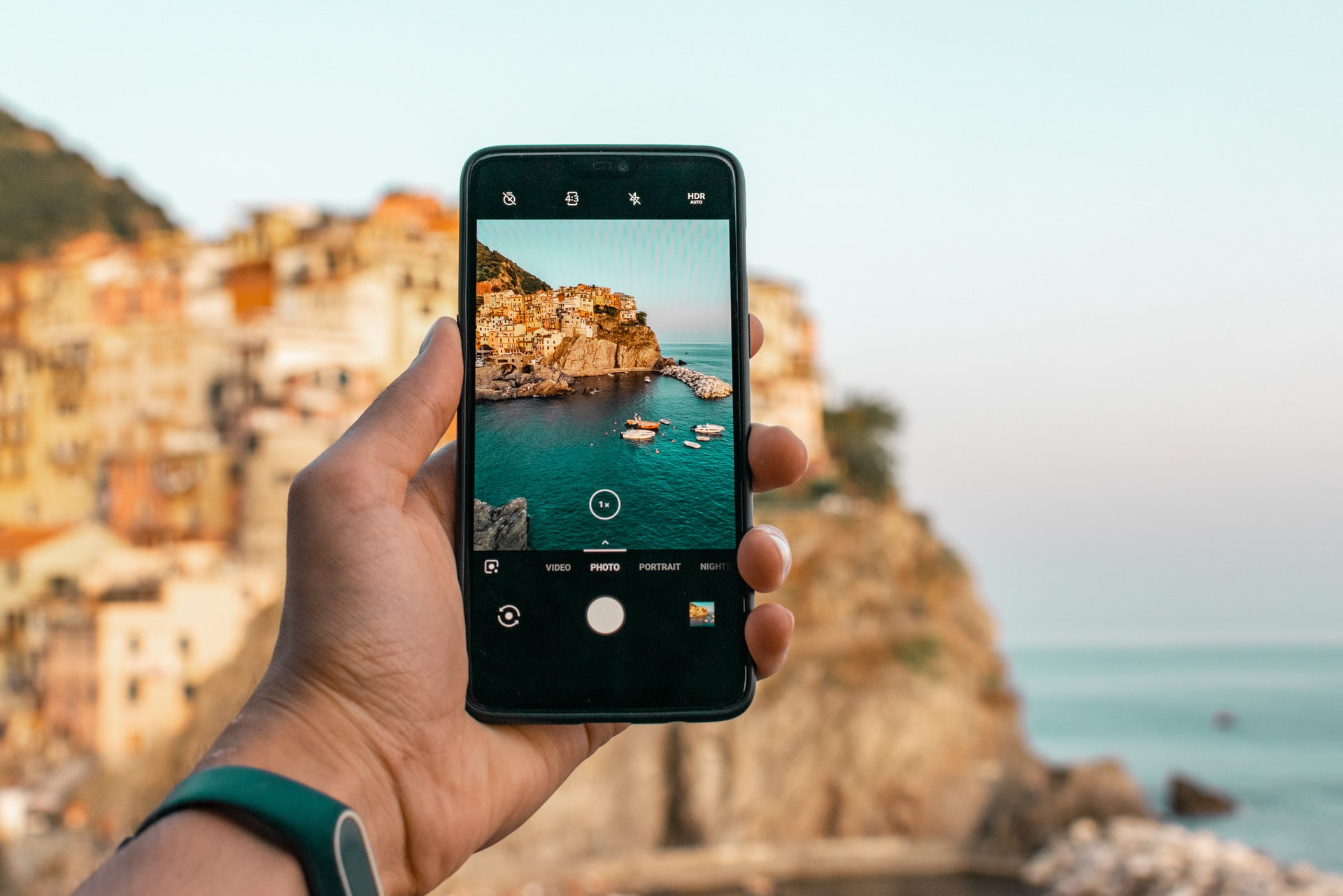
photography blog
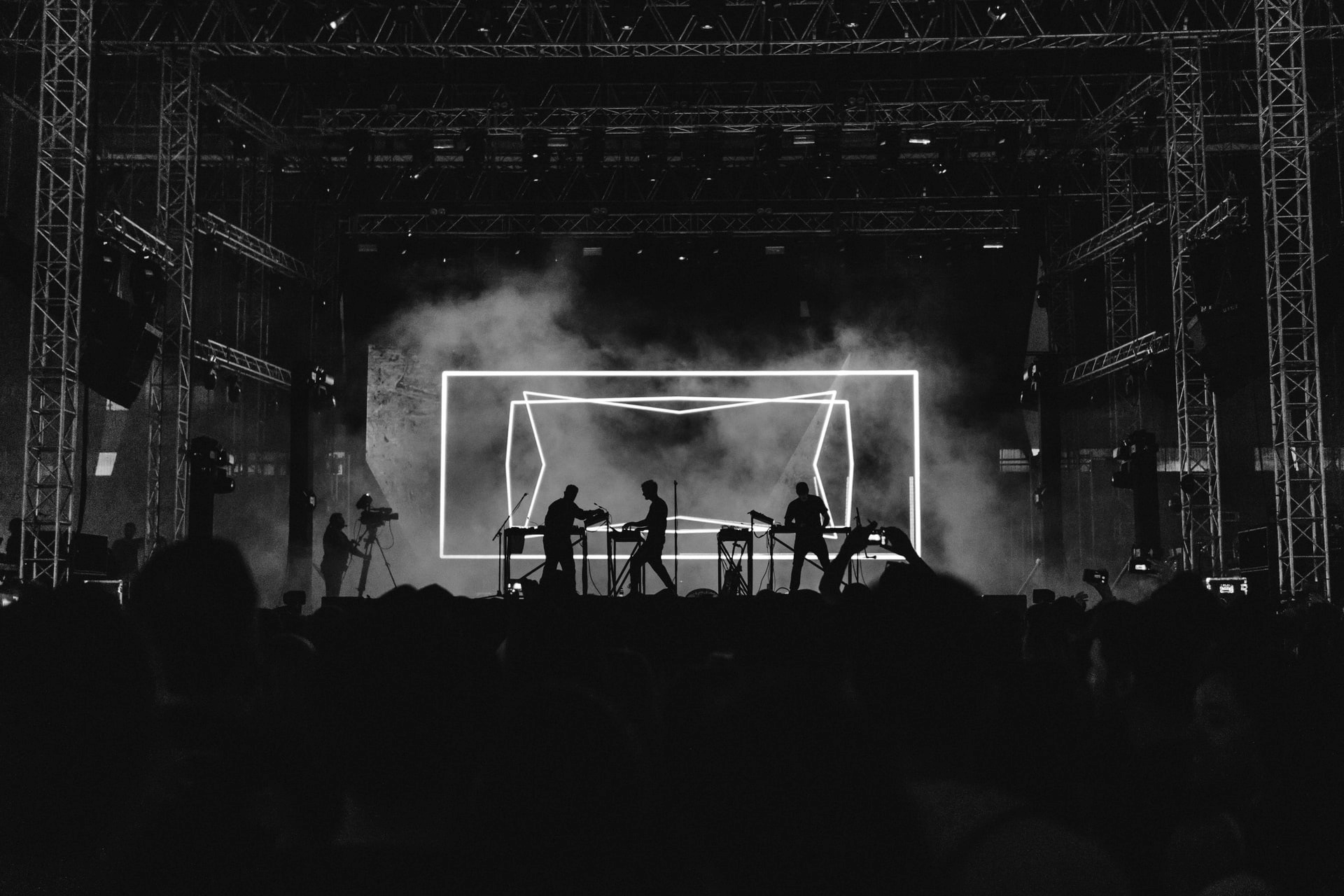
photography & science
Conclusion:
No, taking a photo does not get in the way and take out enjoyment from the experience, on the contrary, it makes us focusing towards it and increases the engagement and eventually the overall enjoyment.
However, for the same dynamic, when we are called to photograph a negative experience, the level of enjoyment worsen as we are paying more attention to something that we did not like from the beginning.
Another interesting aspect is evidenced by S.5, which suggested that it is not the mechanical act of taking a photo, but the mind set of planning to capturing an image that rises the level of engagement.
However, for the same dynamic, when we are called to photograph a negative experience, the level of enjoyment worsen as we are paying more attention to something that we did not like from the beginning.
Another interesting aspect is evidenced by S.5, which suggested that it is not the mechanical act of taking a photo, but the mind set of planning to capturing an image that rises the level of engagement.
The tool used also plays a role. It has been demonstrated that even if taking photos might enhance the level of enjoyment, the tool has to be appropriate for both the context and the person who is using it. If the tool is too bulky or too complex to be understood it can lower the enjoyment of the experience, even if in the study the difference between who did use a bulky tool and who did not wasn’t wide, but still noticeable.
The conclusion to us photographers might be obvious, you can’t take a photo without paying attention to what you are photographing.
The conclusion to us photographers might be obvious, you can’t take a photo without paying attention to what you are photographing.
Personally, I often find myself concentrated in the view finder enough to forget about everything else, especially in uncommon events, such as while I was covering the Covid19 outbreak.
It goes without saying that, in certain types of environments, keeping track of the surroundings is as important as loosing yourself into the view finder, either because you might trip onto something and fall, or because you might act disrespectfully towards someone. In fact, when photographing around people, there is no missed photo that hurts as much as acting inadequately.
It goes without saying that, in certain types of environments, keeping track of the surroundings is as important as loosing yourself into the view finder, either because you might trip onto something and fall, or because you might act disrespectfully towards someone. In fact, when photographing around people, there is no missed photo that hurts as much as acting inadequately.
